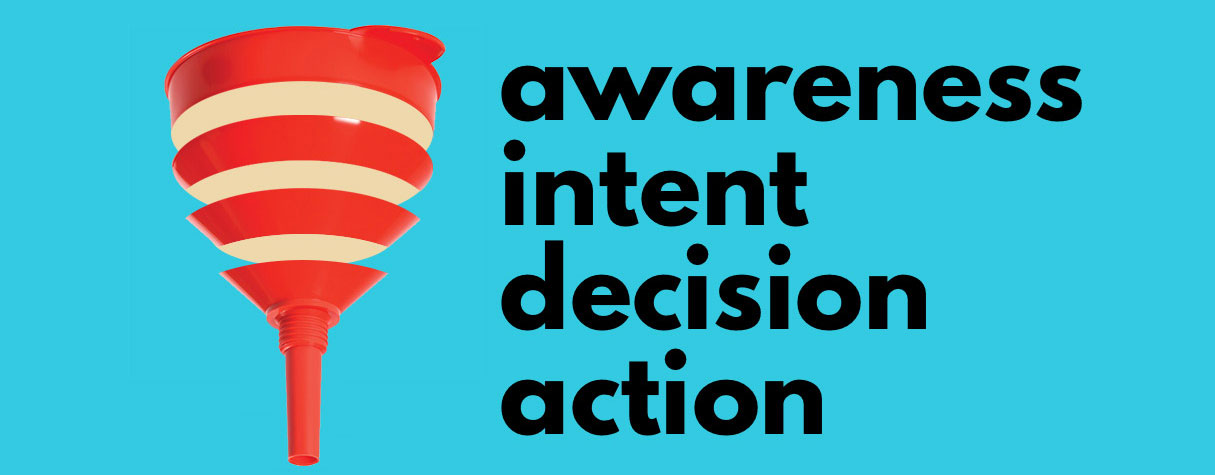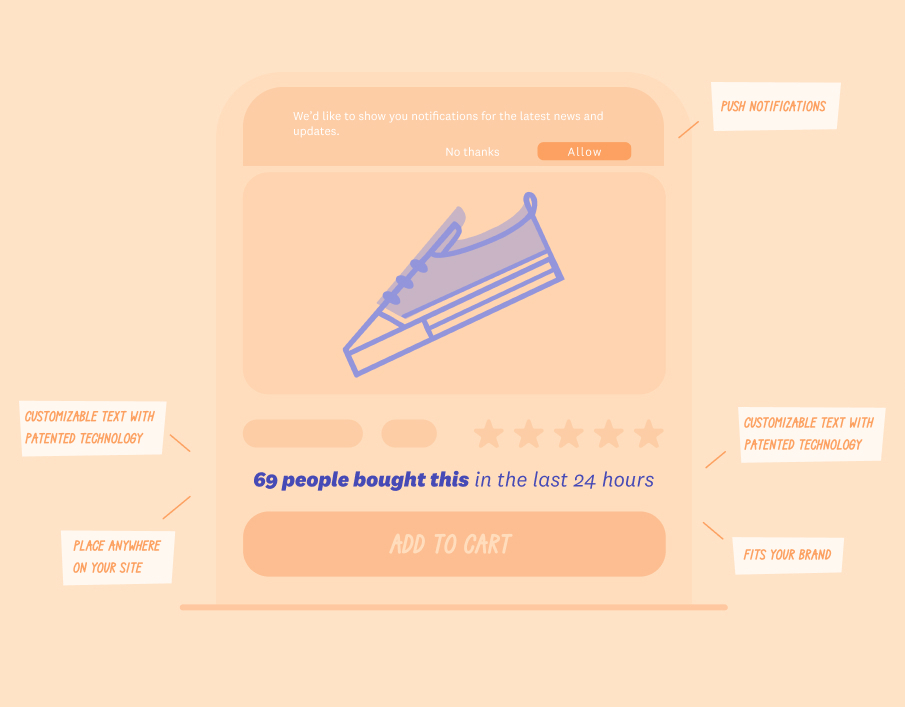Table Of Content
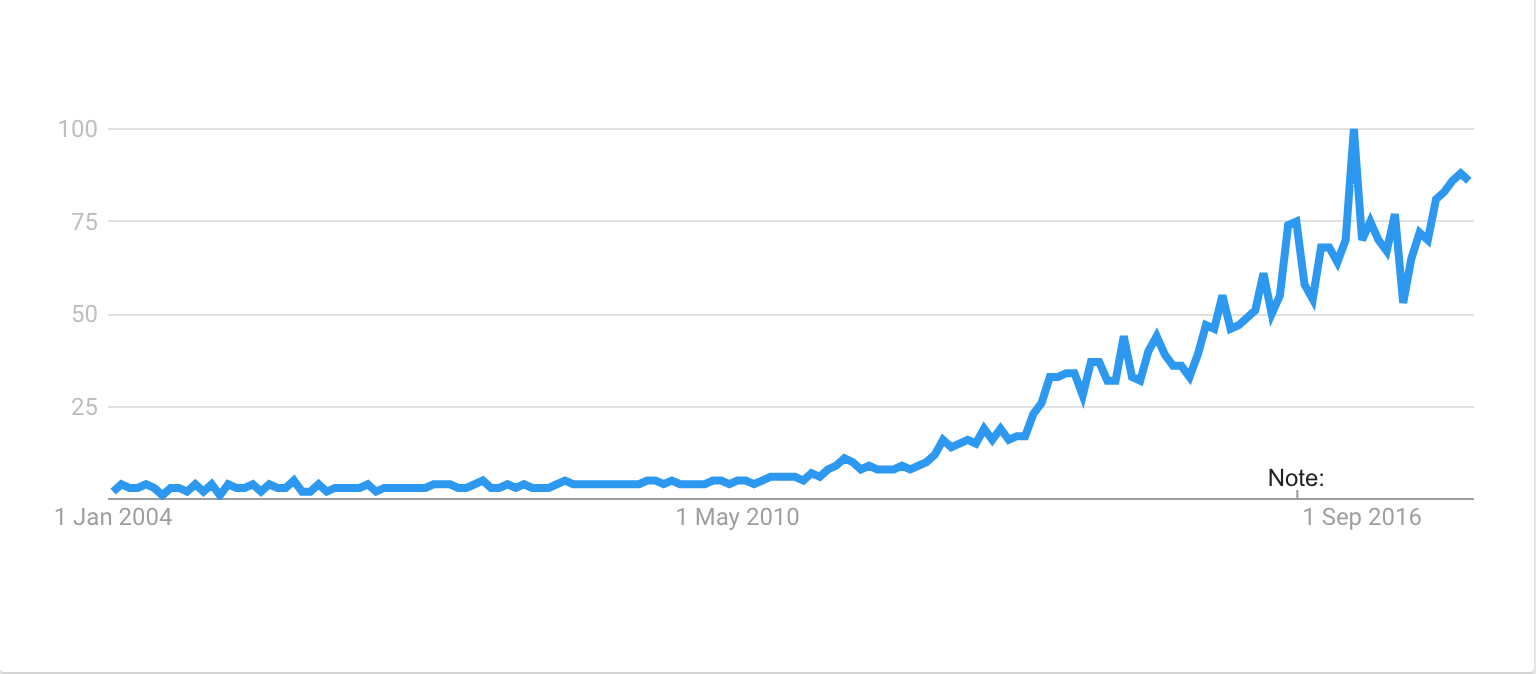
What is FOMO?
The simplest FOMO definition is:
FOMO stands for Fear Of Missing Out. It's that feeling of anxiety that creeps up on you when something interesting or exciting is happening and you are missing out.
{{countdown}}
FOMO origin
All great heroes need an origin story and FOMO is no different:
In 2004 The Harbus - a newspaper at Harvard Business School - ran an article by student Patrick McGinnis about his theory of "two FOs." The tongue-in-cheek analysis explained student social behavior as the result of two opposing forces: "FOMO" (fear of missing out) and "FOBO" (fear of a better option).
FOMO, according to McGinnis, makes college students pack their schedules with social activities, afraid to miss a thing. FOBO, on the hand, leaves them in constant fear that they've made the wrong decision. When FOMO and FOBO get too high, they lead to a state of paralysis called "FODA" - fear of doing anything.
McGinnis's article is the first known use of the acronym "FOMO." While "FOBO" and "FODA" never caught on, "FOMO" has since taken the English language by storm - even earning an entry in the Oxford English Dictionary. It has seen particular growth in use since 2012:
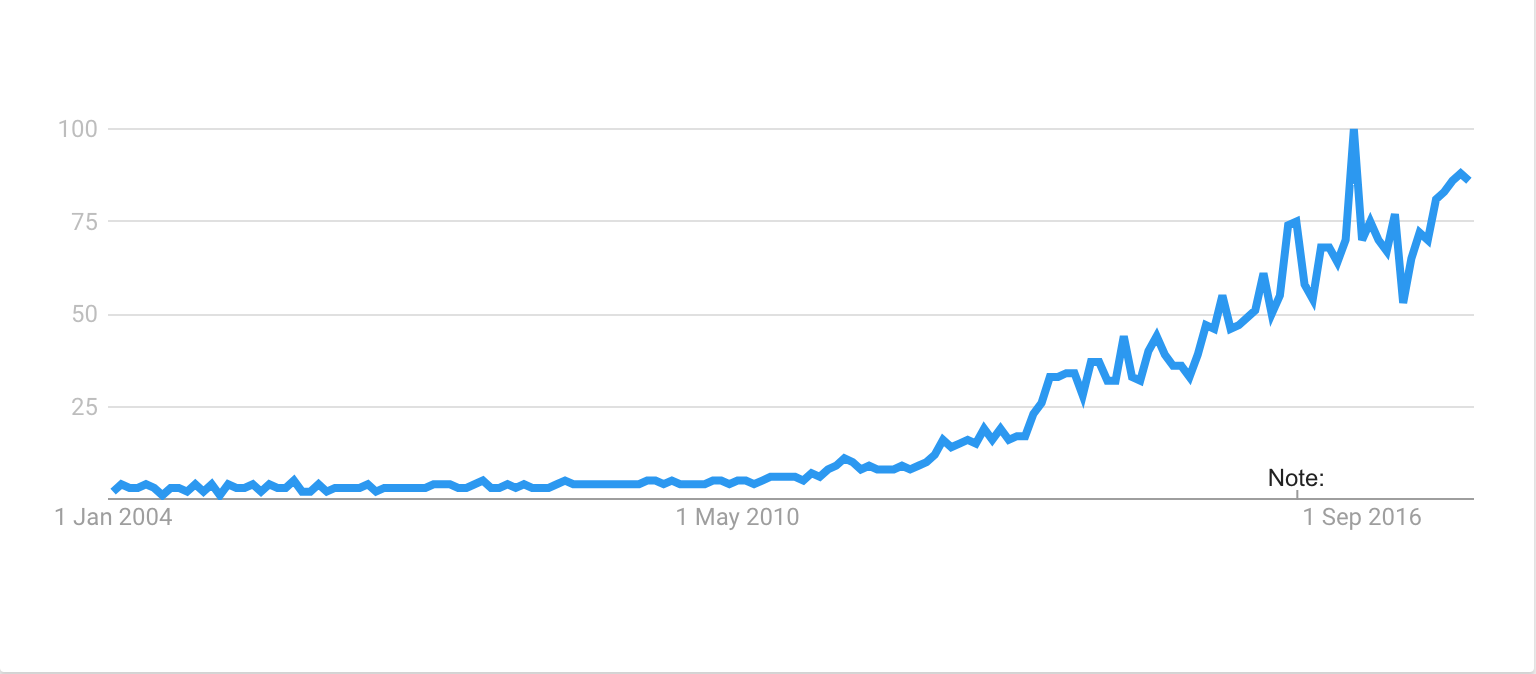
Source: Google Trends
The slang term might be new, but the phenomenon it describes is anything but. Since humans first climbed down from trees, we've had a keen interest in what the rest of our peers are up to - and with good reason if we're missing out on some action.
Nowadays, with the rise of social media, we're more aware than ever of what our friends are doing when we're not around, meaning FOMO has never been more prevalent.
Fomo Marketing
Marketers, in particular, should take note, because research shows that FOMO can be a big driver of sales, especially among young people.
A survey by Eventbrite found that 69% of millennials "experience FOMO." Another report, from a research firm in Canada, found that 68% of millennials have made a reactionary purchase driven by the FOMO they were feeling. The data are clear: FOMO sells. Here are some ways you can take advantage of it:
1. Create A Sense of Scarcity
Have you ever been shopping online and seen that a product you're interested in is nearly out of stock? If you were hesitant to buy, that might have sped you up. Better to buy it now than risk missing your chance.
Using scarcity - or the appearance of it - to drive sales is a trick as old as marketing itself. In the age of FOMO, it's more effective than ever.
If your products are scarce, make sure your customers know it. Prominently display on your product page that supplies are limited or that "only X items are left in stock!". Mention this scarcity in your email newsletters and social media updates. Check out how clothing company Aritzia does it:
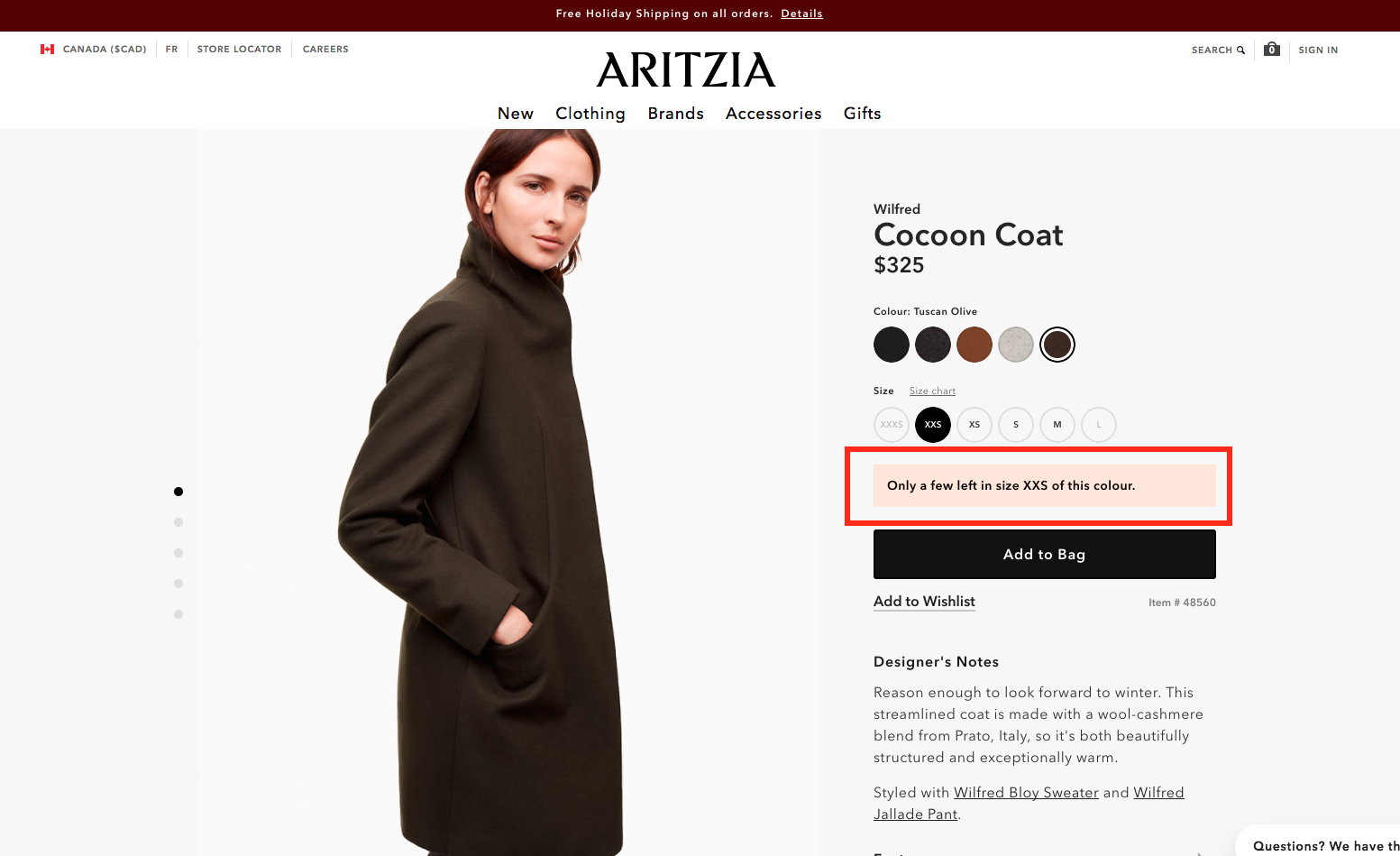
If your products aren't scarce, is there a way you can make them so? One way could be to release a "special edition" of your product that's only available once, for a limited time.
2. Create A Sense of Urgency
The reason scarcity works is because it cultivates urgency. People don't just need a reason to buy - they need a reason to buy now. If they sense that "now" might be their last chance, that's a good enough reason for many.
You often see events doing this by selling "early bird" tickets - discounted tickets available only to the first few people who sign up. People can commit to the event now and pay less, or wait and risk missing out on the better price. Understandably, early bird tickets tend to sell out fast.
People hate missing out on a deal. That's why if your products are on sale, you should display the deal as prominently as possible, and make sure people know exactly when the sale will end - preferably soon.
This can be done by simply adding a timer to your cart. Look at Gilt subtely warns buyers that they are going to lose their great item in under 10 minutes if they don't act fast and buy:
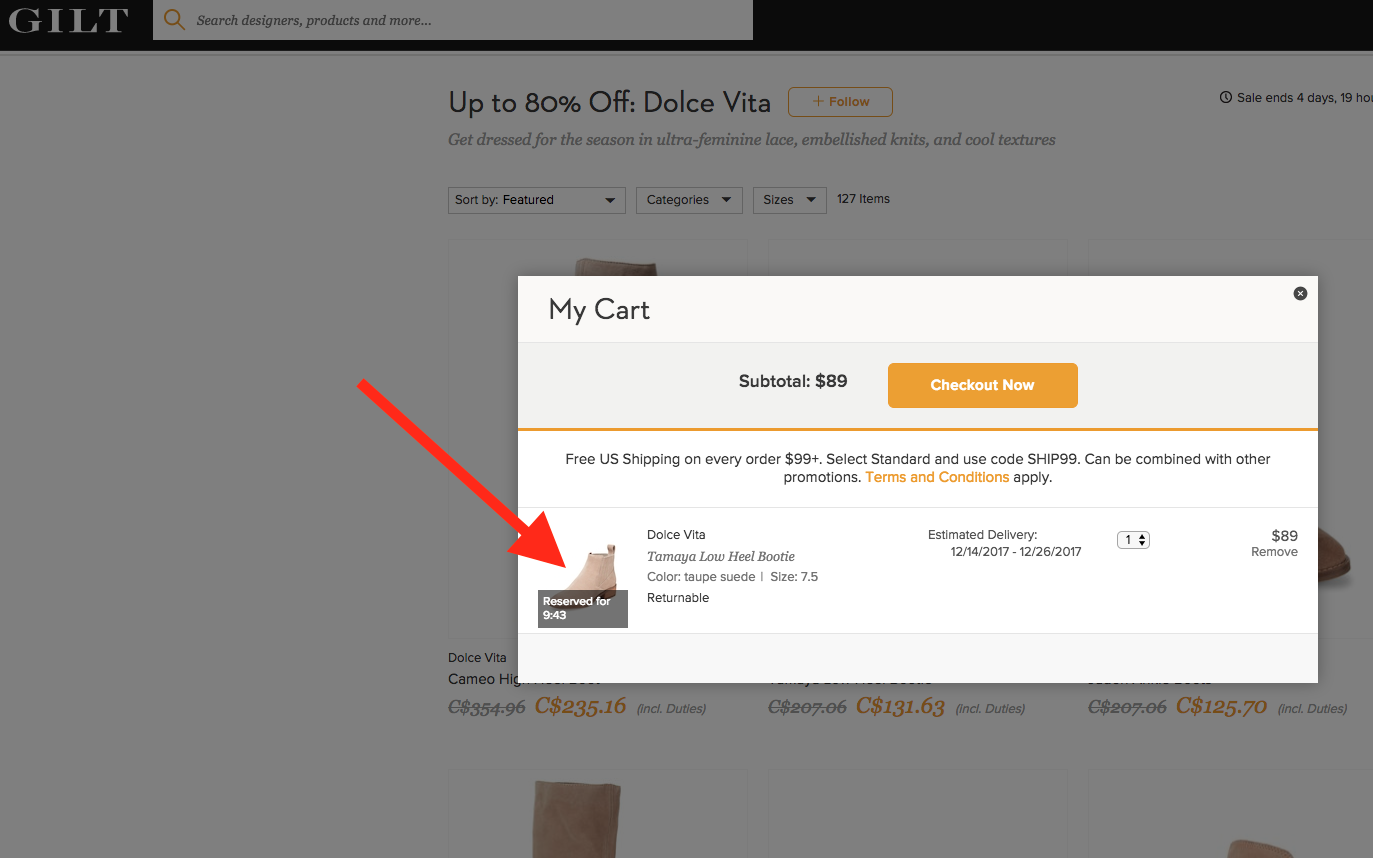
When a customer adds a product to their basket, you can also use urgency to cross-sell. They've already semi-committed to making a purchase, so why not offer them a related product at a reduced price? The catch is that they only get the discount if they buy the second product now along with the first one.
Try this and you'll find that many customers will say "yes" - even if they hadn't been considering the second product until you offered it to them. Even if they don't want the second product now, the fear of missing out on the discount can be enough to make them buy it anyway.
3. Create a Sense of Exclusivity
Every year, airlines spend huge sums of money on their frequent flier programs. By giving exclusive benefits to their most loyal customers, they hope to keep those customers away from the competition.
Of course, part of the appeal of these programs is that not every customer can use them. If everyone in the airport used the VIP lounge, it would no longer be fit for a VIP. The fear of missing out on these VIP benefits motivates many fliers to stay loyal to a particular airline or alliance.
Exclusivity is really just another form of scarcity, and there are many ways you can cultivate it.
You could offer loyalty rewards, for example by giving discounts to returning customers or to people who've spent a certain amount cumulatively on your site. Or you could reward people who pay more attention to your social media profiles, for example by publishing special discount codes through certain social media channels channel.
You could also give people benefits like "early access" to your new products or programs if they've proven their loyalty. "Proving their loyalty" could be something as simple as signing up for your email list or following you on Facebook. Let customers know that if they sign up to these channels, they'll be the first to hear about new deals and offers.
4. Turn Your Products Into Experiences
A key finding of the Eventbrite survey mentioned above is that, more than any other age group, millennials value experiences over possessions. 78% would rather spend money on an experience or a satisfying event than a possession, and 72% say that in the next year they'd like to increase their spending on experiences, not on things.
This is good news if you're already in the live events business. But what if you sell physical products?
You don't have to put on real-world events to promote your products, although of course that would help. You can also try tweaking your language to emphasize the experience that users will have with your product.
Don't just talk about your product's specs, features, or appearance. What is the experience of using it like? Describe it vividly to your potential customers and make them imagine how they'll feel when using it.
Check out how masterfully Darn Tough socks demonstrates how their socks are up to the adventure with these hardcore lifestyle photos and accompanying video:
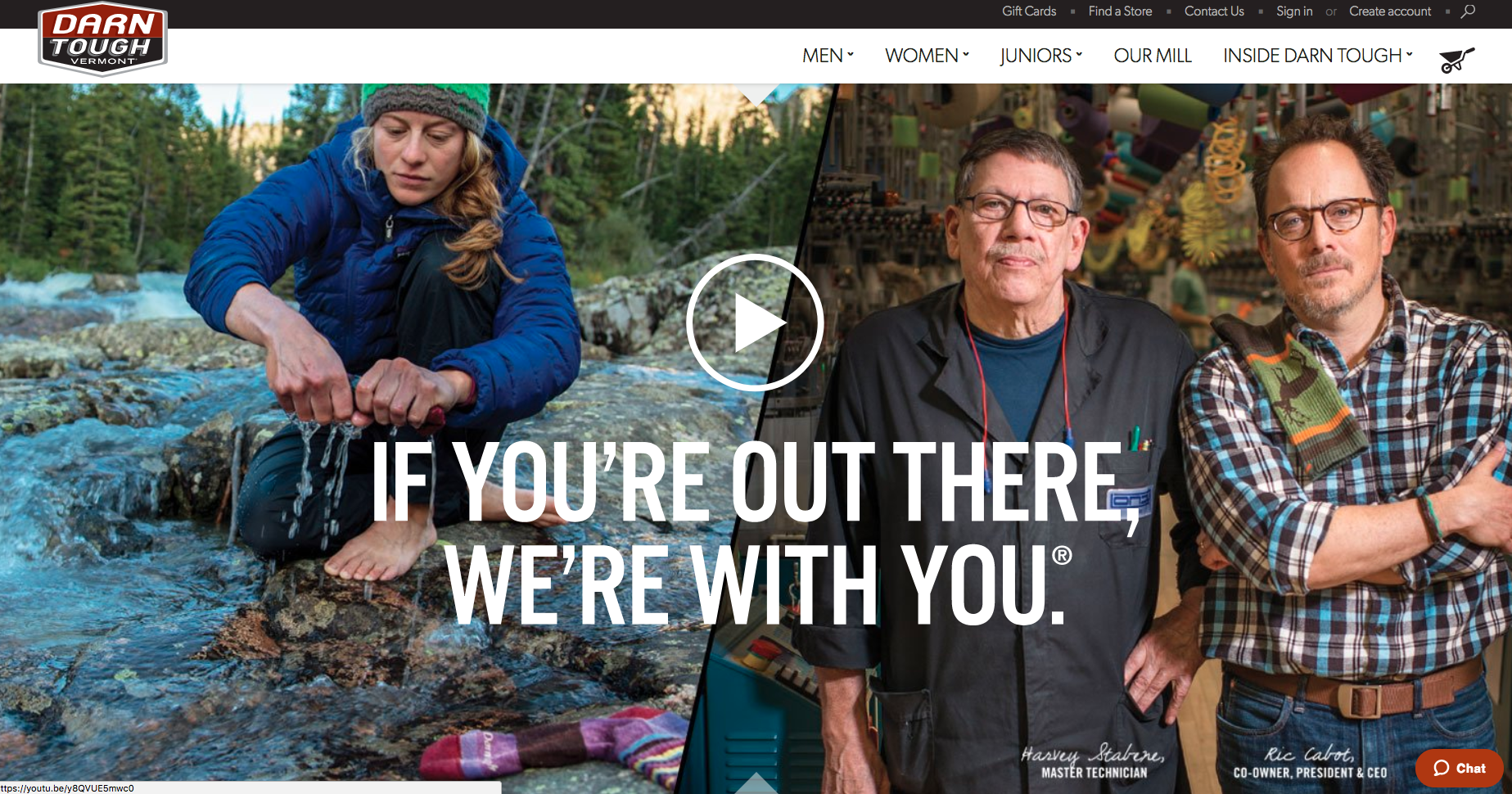
This marketing demonstrates that Darn Tough aren't just socks. They are adventure companions!
You can also emphasize the negative experience that your product will help them avoid. What problem are you solving for your customer? Why is it a problem? What's it like to have that problem? The more aware they are of the pain of their current problem, the more they'll ache for a solution - a solution you offer them.
5. Make Yourself a Big Deal over Social Media
Having lots of friends and follows has become something of a vanity metric for online businesses. But it's not all for show - having oodles of followers and online friends can create a sense that you're the hot business on the block and people should be paying attention too (and paying, full stop).
Signaling popularity through social media can act as a reinforcement of the other FOMO tactics that you use. If you're claiming that you've only got 10 products left, but you've only got 5 Facebook followers, you may fail to convince.
But if you've got millions of "likes" on your Facebook page, like popular limited-edition clothing brand Obey does:
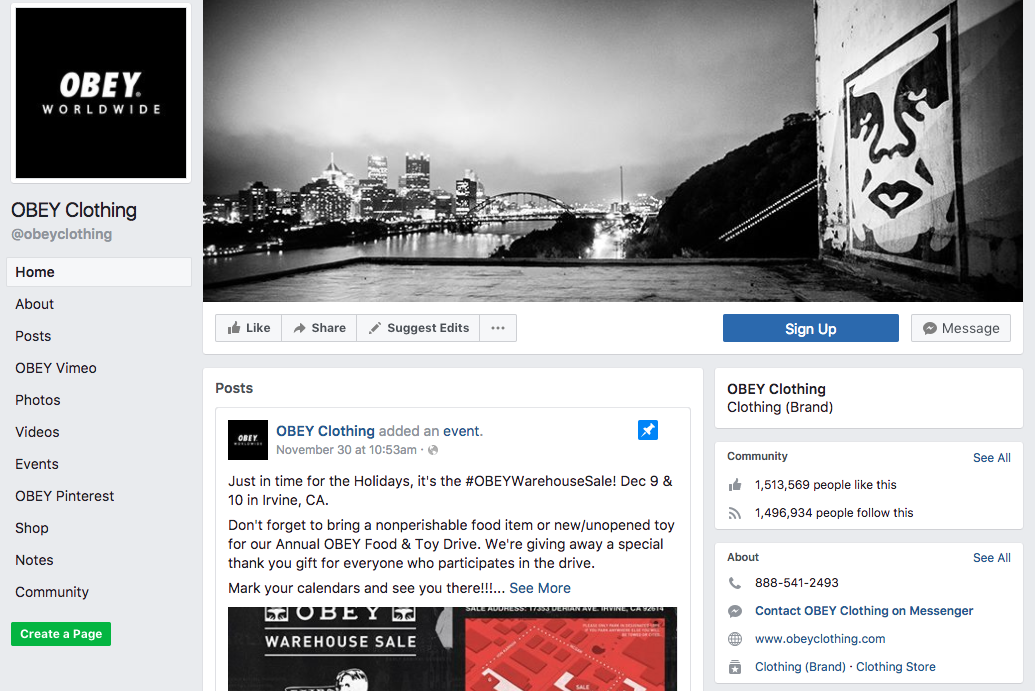
People are a lot more likely to pay heed to your signals of scarcity, exclusivity, and other FOMO indicators. This isn't the key to creating FOMO, but is an important part of the FOMO ecosystem.
6. Get the Press Talking About Your Brand
Similar to having lots of friends, having lots of press mentions can work wonders when it comes to giving your potential customers the impression you and your stuff are hot.
Having good press - in the form of articles on news sites, blogs, magazines - reinforces your brand's authority. Seeming like a recognized authority makes all of your other claims seem legitimate, which of course includes any FOMO signals you are providing.
Check out how the meditation headband Muse has a page showcasing its press mentions:
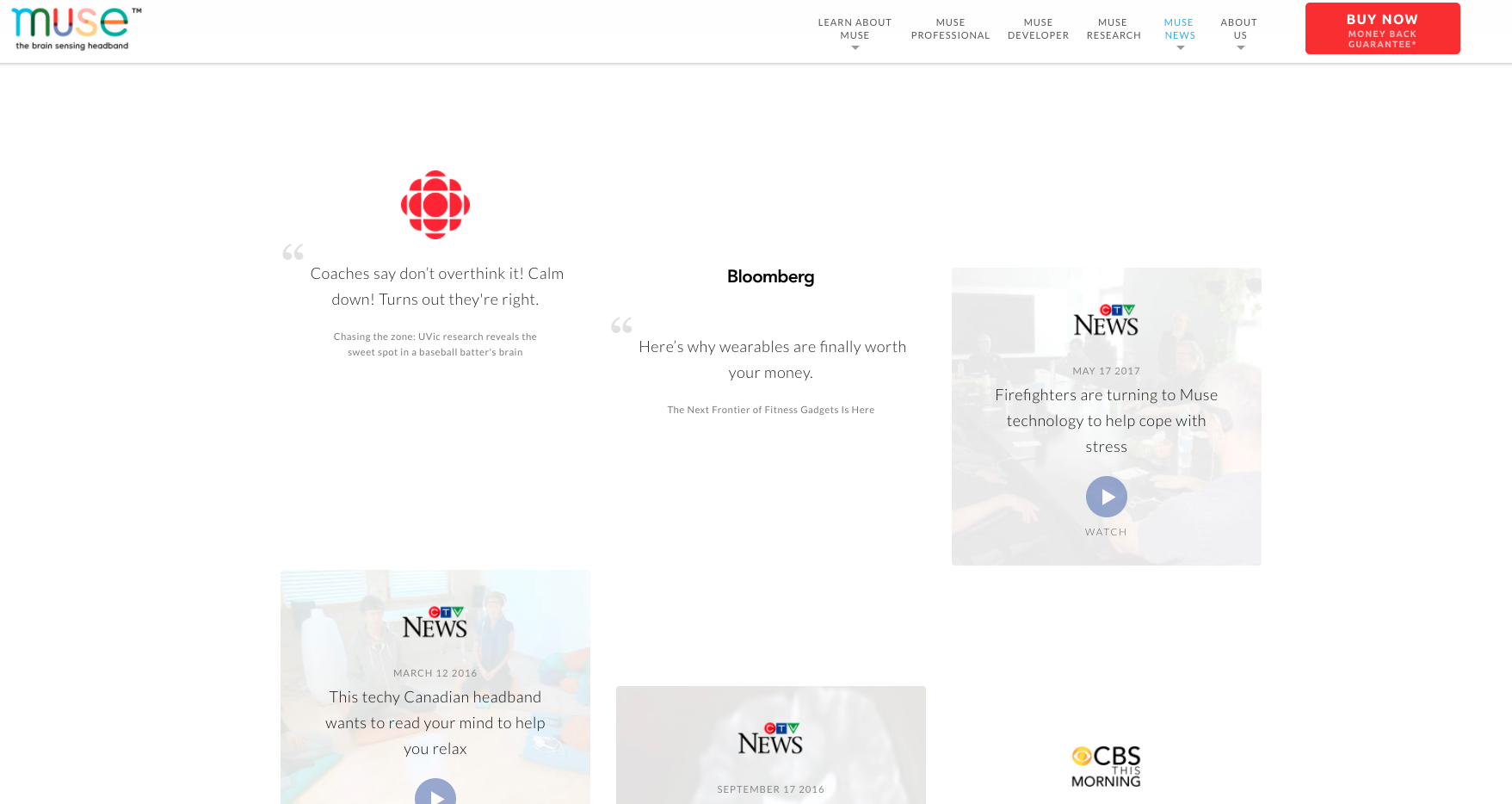
People will figure that if your brand is getting positive mentions in the press, that your brand is definitely worth taking a chance on. You don't have to be on the front cover of the New York Times to have this work. Smaller publications work too, such as appearing on a podcast popular within your niche. Once you've got 2 or 3 mentions, create an easy-to-find section called "press" or "seen in" where your potential customers can see where you've been featured.
7. Make Your Website Feel Like a Busy Restaurant
At this point we have to mention our own solution to the problem of your customers' FOMO. We call it... (wait for it)... Fomo!
Have you ever seen a long line outside a venue that made you want to check out what was going on inside? Or been in a busy store where you couldn't help but notice that certain products were flying off the shelves? Or walked into a bar, seen that it was empty, and walked straight back out again?
As we go about our daily lives we're always looking to the people around us for cues as to how to behave. A major disadvantage of the web is that it's hard to recreate this "human touch" when sitting in front of a screen.
Fomo (the product) brings the human touch back to your website by letting your visitors know what other visitors are up to. Key customer actions - like purchases, email signups, and product reviews - are displayed in real-time to anyone else viewing the site. This gives your website the feel of a busy restaurant, creating a sense of urgency and increasing conversions.
With Fomo, it's never been easier to turn your customers' fear of missing out into conversions and sales. So don’t FOBO when it comes to Fomo - grab our free trial and give it a whirl.




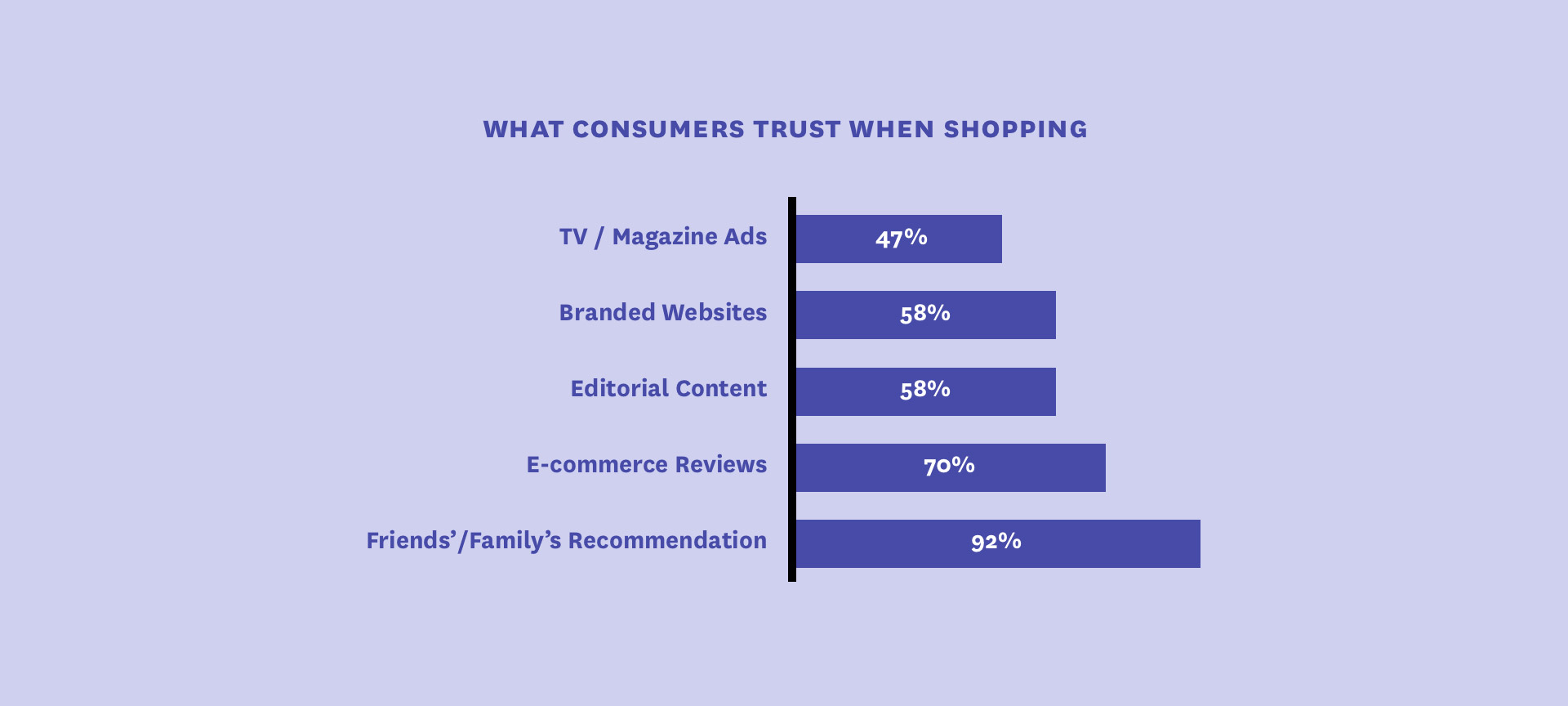
 1.svg)
 1.svg)
